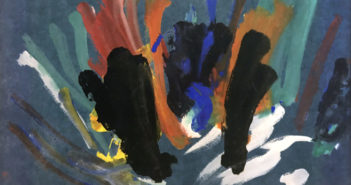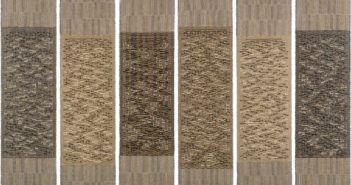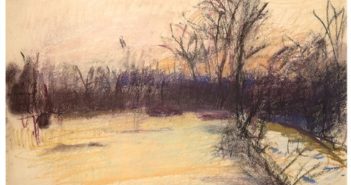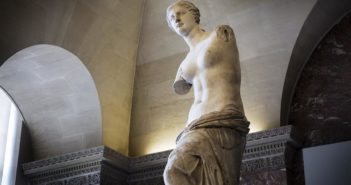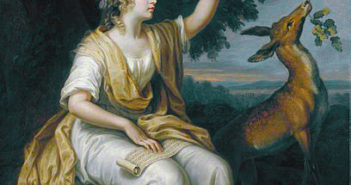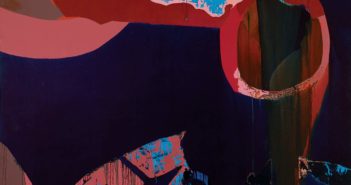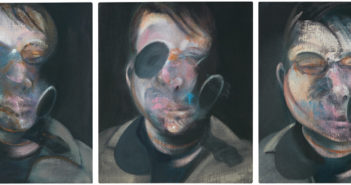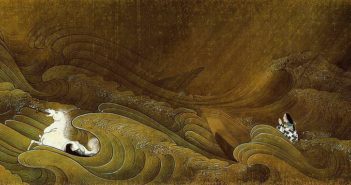
Bleep
On Friday we went to see What the Bleep Do We Know? It’s part documentary, part entertainment, part lecture. After being recommended by so many fellow artists, I knew it would be like no other film.
It’s about Quantum Physics. It asks and attempts to answer some of the big questions: Who are we, what are we made of, where are we going? The natures of intentionality, possibility, addiction, creativity, and self-love are examined and graphically demonstrated.

